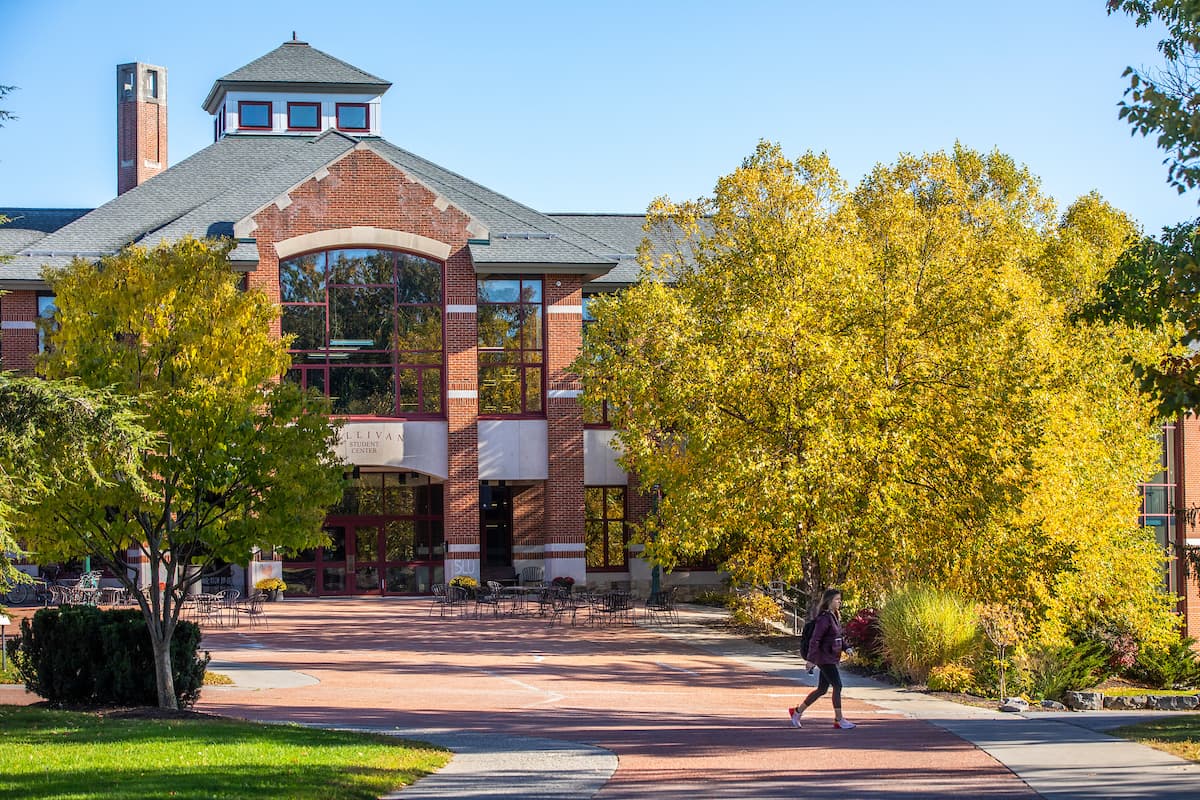By: Grace Bodkin
Without fail, my and my roommate’s door sign gets ripped down every couple of weeks. This has happened so many times that we now consider it part of the delightful package that is living in 13 University. Does it have to be that way? In any dorm, some destruction is pretty inevitable. No living space, new or old, is immune to some alcohol inspired damages.
Sometimes it feels like the damages are just too much. Even if one passionately hates his or her dorm environment, (or a friend’s dorm, for that matter) the question of why one must take it out on his or her surroundings begs to be answered. Most students that live in a building don’t contribute to the damages it suffers, yet still get charged hundreds of dollars at the end of the semester for vandalism they had no hand in committing.
Last week, students in Dean Eaton were notified that six Wi-Fi Boxes were torn down in one night. According to Lauren Stemler, Residential Coordinator, this will result in at least $4,000 in damages and repairs. Damage reparation fees are meant as monetary threats to discourage students from inflicting unnecessary destruction on their living spaces. It doesn’t really seem fair for anyone aside from the offender to have to pay, but is there another way to discourage detrimental vandalism?
Instead of figuring out ways to not pay the charges, perhaps students should work on ways to reduce the destruction in the first place. After learning about the charges in Dean and similar ones in Sykes, my initialsolution was to face the problem head on. Adding security cameras or working towards drunk-proof dorms seemed like viable options. However, upon speaking with Stemler, I realized that both options might be lacking.
“Security cameras [could be] helpful, [but] I don’t know if a culture of fear is something I want to be a part of,” said Stemler.
She brought up an interesting point that I hadn’t considered: a larger community network. Perhaps the only way to reduce drunken or sober damages is to create an environment of respect for both residents and the space they share. This is effective in spaces like theme houses, where the residents are normally close-knit. Additionally, Lauren noted that the problem usually runs deeper than just vandalism.
Maddy Young, Community Assistant of 13 had similar thoughts, “I think the most important thing is getting the residents to know each other more and respecting that people actually live there.”
But apart from a strong community, there’s still the amorphous role of unaccounted for visitors. It raises the age-old question regarding whether or not intimidation tactics are sustainable and productive. However, if destruction gets particularly bad, fear seems like the only solution. Although, because St. Lawrence is small it seems possible that Residential Life can work with incoming and current students to find a better way to reduce destruction. While it’s hard to understand what goes through a person’s mind when tearing down an exit sign, there is comfort in success stories. In many situations simply being more vocal and open with the community has reduced issues. Perhaps a friendly conversation or two might mean a smaller bill at the end of the semester.



